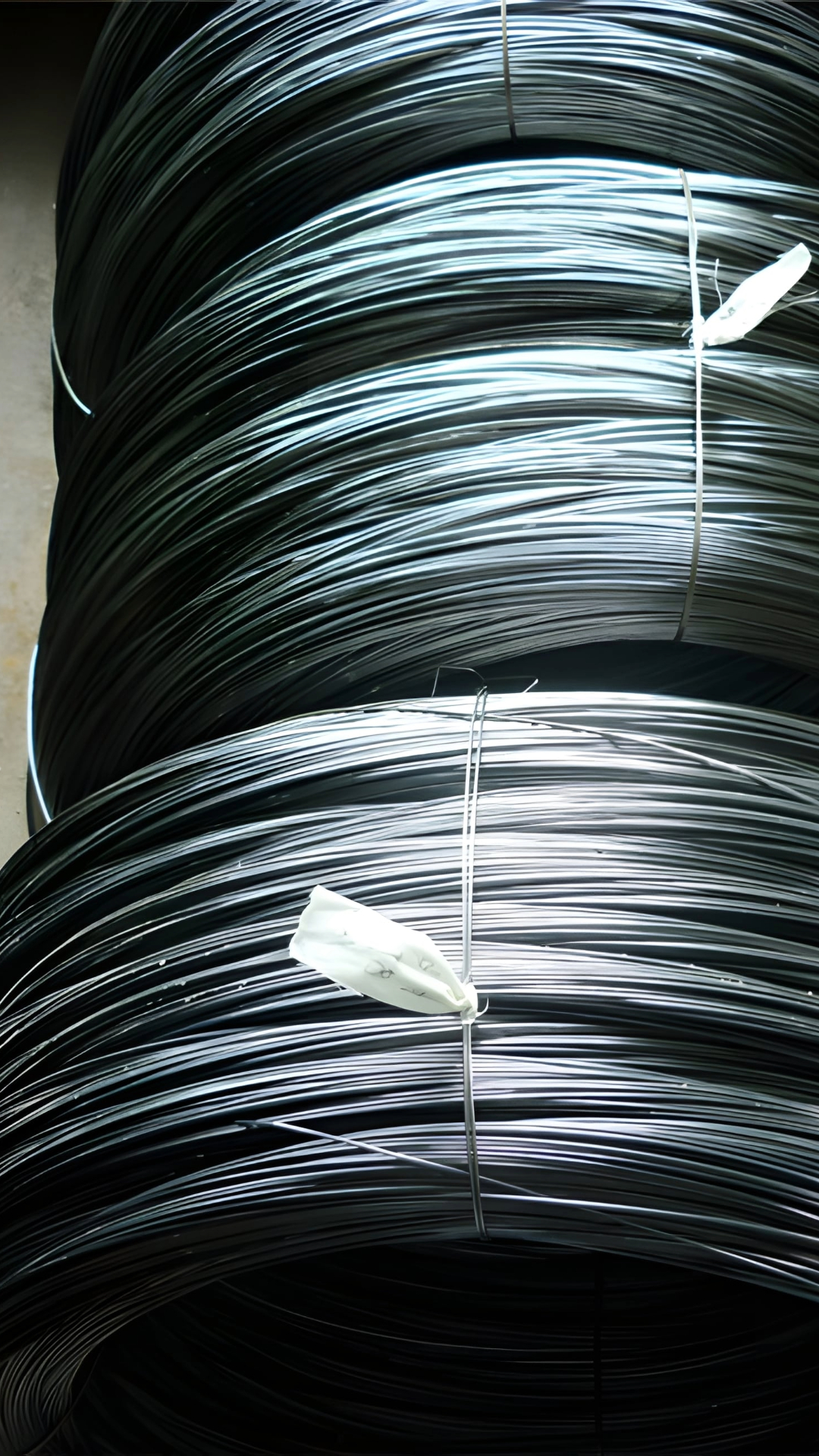Materials

What Materials Are Used in Springs?
Springs are generally made of hardened steel. The spring manufacturer has the option of using pre-hardened steel before the spring is formed, or they can also harden the spring after the forming process. The most commonly used spring steels are:
- Spring steel SH: Used for applications that demand a lot of strength and result in a spring of generally high quality.
- Stainless steel: Creates a product that functions well in humid environments, as it will not rust.
- Chrome-silicon: Suitable for use at higher temperatures and is a higher strength and quality version of oil-hardened wire.
- Oil-hardened wire: Used for many common applications but usually does not result in the strongest or most uniform product.
- Chrome-vanadium: Has a similar quality structure to chromium-silicon and is ideal for high temperatures.
Different materials are ideal for a number of different conditions, depending on the specific requirements of the application.

Caroveren
These properties make the chromium-silicon steel wire suitable for applications requiring high strength and resistance to fatigue under static and dynamic loads. The wire is produced in accordance with standards EN 10270-2 and DIN 17223/2.
- Chemical composition: The wire has a carbon content of 0.50-0.60%, a silicon content of 1.20-1.60%, a manganese content of 0.50-0.90%, phosphorus and sulfur contents of up to 0.030% and 0.025% respectively, a copper content of up to 0.12%, and a chromium content of 0.50-0.80%.
- Mechanical and technological properties: The wire has a tensile strength ranging from 1550 to 2080 N/mm², depending on the diameter, which can range from 3.00 to 18.50 mm. The minimum reduction in area and the minimum number of turns the wire can withstand without breaking are also specified and vary depending on the wire diameter.
- Heat treatment: After winding, the springs should be stress-relieved at a temperature of 420 ± 5°C for 30 minutes; after shot peening, stress-relieving should be done at 250 ± 10°C for 30 minutes.
- Elastic modulus: The nominal value for the elastic modulus is E = 206 kN/mm², and for the shear modulus G = 79.5 kN/mm².
Frequently Asked Questions
DIN stands for “Deutsches Institut für Normung” and indicates that the material meets German industrial standards.
EN stands for “European Standard,” indicating compliance with European standardization.
AISI stands for “American Iron and Steel Institute,” indicating the American classification for stainless steel.”
This wire has a tensile strength ranging from 1550 to 2080 N/mm², depending on the diameter.
After winding and ball blasting, the springs should be relieved at specific temperatures.
The choice of a spring depends on several factors, including the application, environmental conditions and technical specifications. Look at the stress the spring must withstand, the environmental conditions such as temperature and humidity, and the durability of the material. Our experts can guide you in choosing the right spring based on your specific needs.
Chrome-silicon and chrome-vanadium both have high tensile strength and resilience at high temperatures. Chrome-silicon springs are suitable for applications requiring resistance to shock loading, high stress and high temperatures. Chrome-vanadium springs also offer enhanced resistance to hydrogen cracking and wear, making them ideal for heavy-duty industrial applications.
SH (Spring Hard) and DH (Drawn Hard) are both terms used to describe the tensile strength and properties of music wire or other metal wires. Here is an overview of their differences:
-
SH (Spring Hard): Made of high-grade steel, this wire has high tensile strength and elasticity, making it suitable for applications where tension and resilience are important, such as musical instruments and industrial springs. The term “Spring Hard” emphasizes the wire’s ability to be stretched and return to its original shape without permanently deforming.
-
DH (Drawn Hard): This wire is drawn to a certain hardness, meaning it has been pulled through a series of dies to reduce its diameter and increase its tensile strength. DH wire often has lower elasticity than SH wire, but can still have high tensile strength. This wire is often used in applications where high strength is required but less elasticity is needed.
Stainless steel springs are available in several types, including 17-4, 17-7, 302, 316 and alloys such as A36 and A286. These springs are suitable for corrosive environments due to their high resistance to rust and corrosion, and they can be used in various applications that require a durable and reliable spring.
Yes, we offer custom spring services based on your specific requirements. Our services include specification analysis, design guidance and fabrication of custom springs. We work with a wide range of materials and options to create a product that meets your needs for quality, performance and cost.
Requesting a quote
Interested in our products? Request a quote directly
Phone
+31 20 68 229 61
sales@tevema.com
Webshop
Click here
Contact form
Click here



